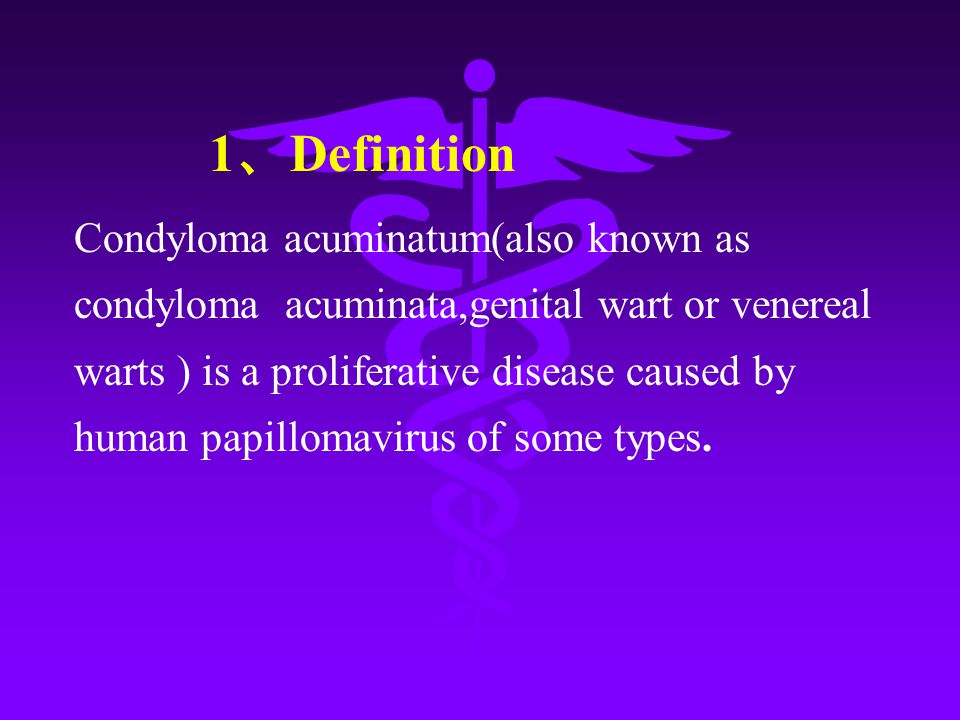
If you have been diagnosed with condyloma acuminati, you are probably concerned about its recurrence. Fortunately, there are several treatments for condyloma. Topical medications and surgical excision are two of the most effective options. However, treatment options may be limited for some patients because the disease tends to recur, especially if a patient is young and healthy.
Condyloma acumina is an infection caused by the human papilloma virus. Generally, the disease only affects women, but it can affect men as well. The symptoms are characterized by pink, cauliflower-like growths, which are very contagious. In women, these lesions may appear on the anal and genital area. The oral cavity is also prone to infection with condyloma.
In adults, condyloma acuminati are often asymptomatic. Sometimes, they cause bleeding and pruritus. In children, it may lead to psychological distress. Usually, it can be detected during routine female gynecological exams. Since this condition is sexually transmitted, treatment for condyloma is dependent on the type of infection.
Although condyloma acuminati is usually painless and asymptomatic, it can be accompanied by swelling or bleeding. In some cases, it may even cause some psychological distress. The most common treatment for condyloma is surgery. A combination of treatment options may be the most effective. You should also consider the type of resection you’ll require.
Symptoms of condyloma acuminati can be mild, or may be severe. In the majority of cases, it is asymptomatic, but it may sometimes cause bleeding or pain. If left untreated, the disease can spread and lead to scarring and psychological distress. A doctor should perform a complete examination to rule out other possible causes. If you suspect an infection in a child, you should consult a pediatrician.

This disease is caused by the human papillomavirus and is highly contagious. The growths may appear in small clusters or in the form of isolated cysts, they may be flat or raised. They may look like cauliflower and appear on the penis, anus, and scrotum. If you are a child, it is important to seek medical attention as early as possible at https://www.carlostorre.org.mx/.
The disease is often asymptomatic, but can lead to serious psychological distress if the affected area is exposed to certain chemicals. In most cases, genital warts are caused by the human papillomavirus. It is highly contagious and can be passed from one person to another. The infection is highly contagious. It can appear in a single or small cluster.
Usually it is asymptomatic. Some patients may experience pain, bleeding and/or itching. It is not usually life-threatening, but can cause psychological distress and is difficult to treat. In some cases, it can be difficult to find a cure for genital warts. Often found in the mouth or throat.
Despite the fact that condyloma is usually asymptomatic, it is important to note that it can occur on the mouth. The most common area affected by condyloma acuminati is the mouth, though it can be present anywhere in the body. The infection can be sexually transmitted. When it is sexually transmitted, it may also be found in the tongue, throat, and other parts of the body.
Although condyloma acuminatum is rare in the United States, it affects around 1% of women per year. The highest risk groups are teenagers and young adults. While the condition is rare in most countries, it is important to be aware of the risk factors that can cause this disease. And, if you are experiencing symptoms of the disease, consult your doctor immediately.
The human papillomavirus is the cause of genital warts. There are over 100 different strains of HPV. Subtypes 6 and 11 cause most genital warts, while subtypes 16 and 18 are more common. People who engage in sexual activity are more likely to develop anal warts. Infected individuals may also have a higher risk for contracting squamous cell carcinoma.